Ferrari 365 GTB/4 Competizione Gr 4
Ferrari and Le Mans, this combination is closely related, not only by the GT successes of modern times. Shortly after the brand was founded, the Maranello racers took part in this long-distance classic that Enzo Ferrari knew from before World War 2 when he was in charge of Alfa Romeo’s factory team. In 1968, when the new 365 GTB/4 debuted, it should actually remain a pure street sports car. However, there were quick inquiries from customers, especially from the US, who saw the potential in the front-engine V12 coupe and wanted to explore this on the racetrack. So began the work on a racing variant, which should receive a lighter aluminum body at the request of US importer Luigi Chinetti. Chinetti had been operating NART, the North American Racing Team, since 1957, and deployed the first prototype of the 365 GTB / 4 Competizione with chassis number 12547 in training at the 1969 Le Mans 24 Hours but there the car was damaged so that a race start was out of the question. Meanwhile at Ferrari, based on a production vehicle, the second prototype with chassis number 12467 and only slightly modified steel body was created. The NART team received this car on June 10, 1971, just in time for the training runs for the 24-hour race at Le Mans, to which it was delivered directly. In order to meet the strict requirements of the Group 4 regulations, Ferrari had previously prepared the car extensively right next to the factory building in Maranello at Carrozzeria Sports Cars. This included the installation of a circuit breaker for the on-board electrical system, a reverse lock, a roll cage and other minor modifications. To save a little weight, they exchanged the side windows and the rear window for plexiglass. Air baffles on the front fenders, wheel arch extensions all around, removed bumpers and a quick-fit nozzle deep-drawn in the body rounded off the package.
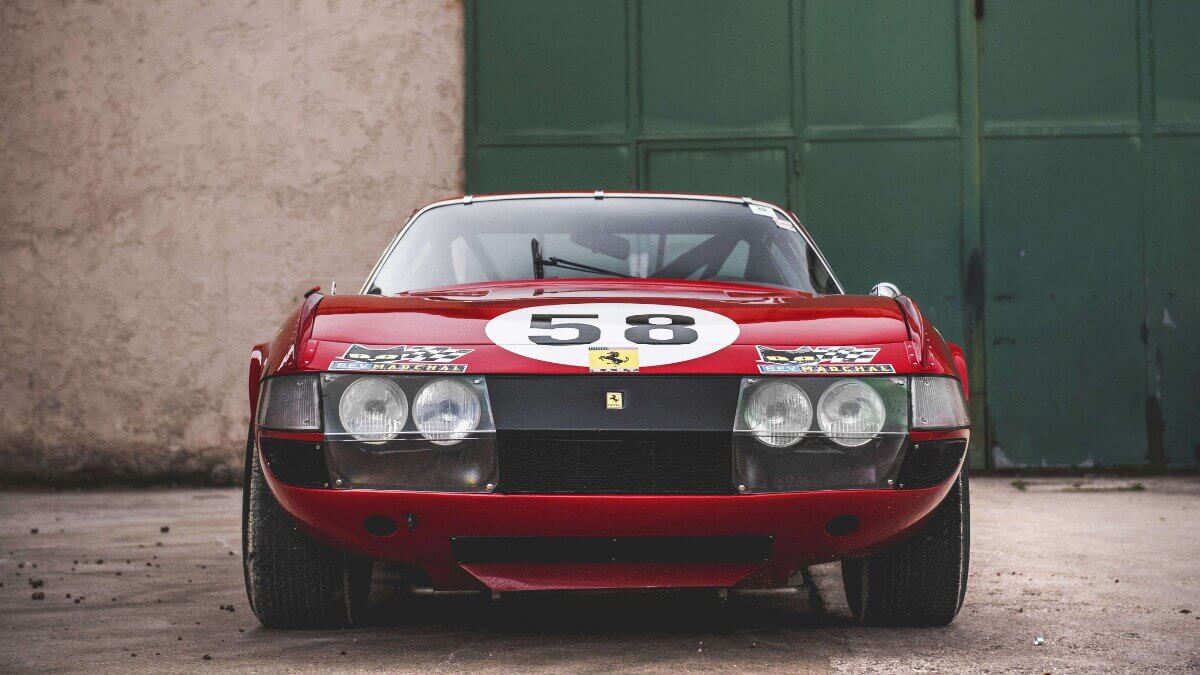



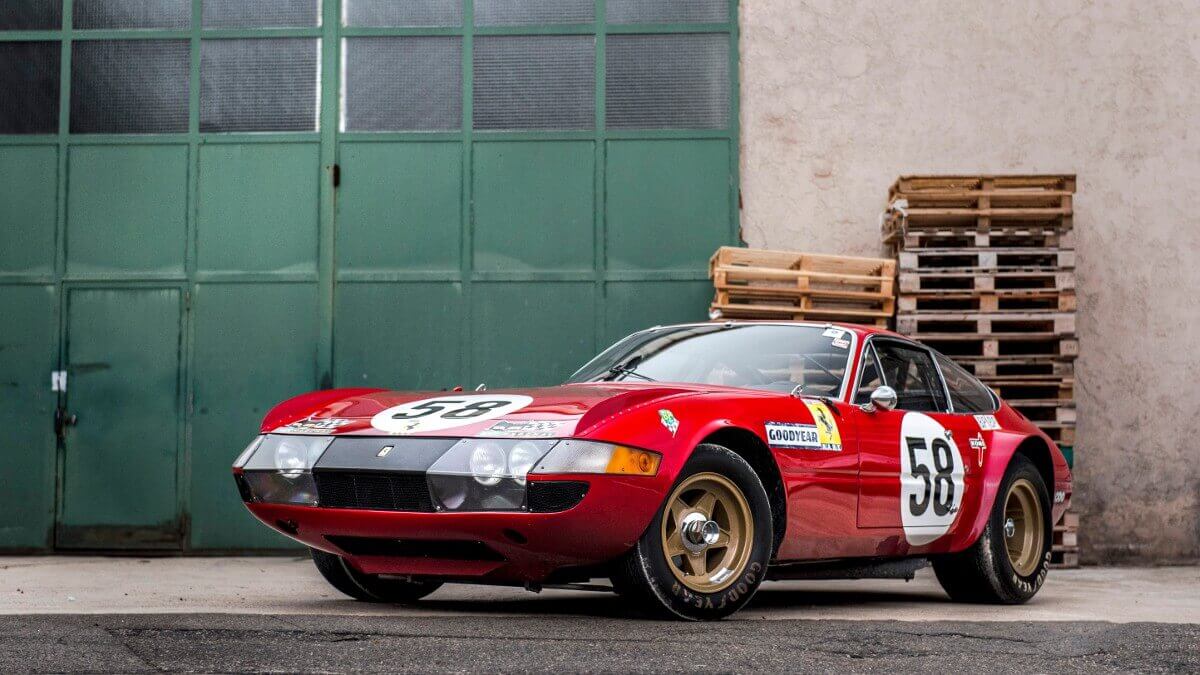



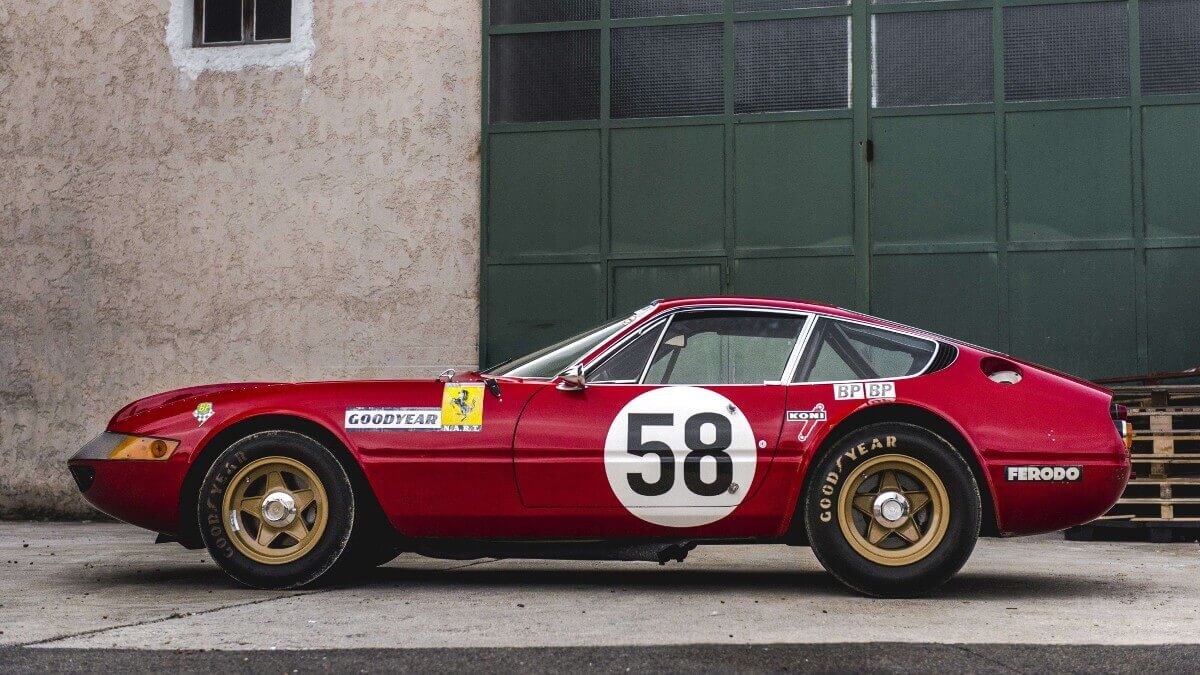



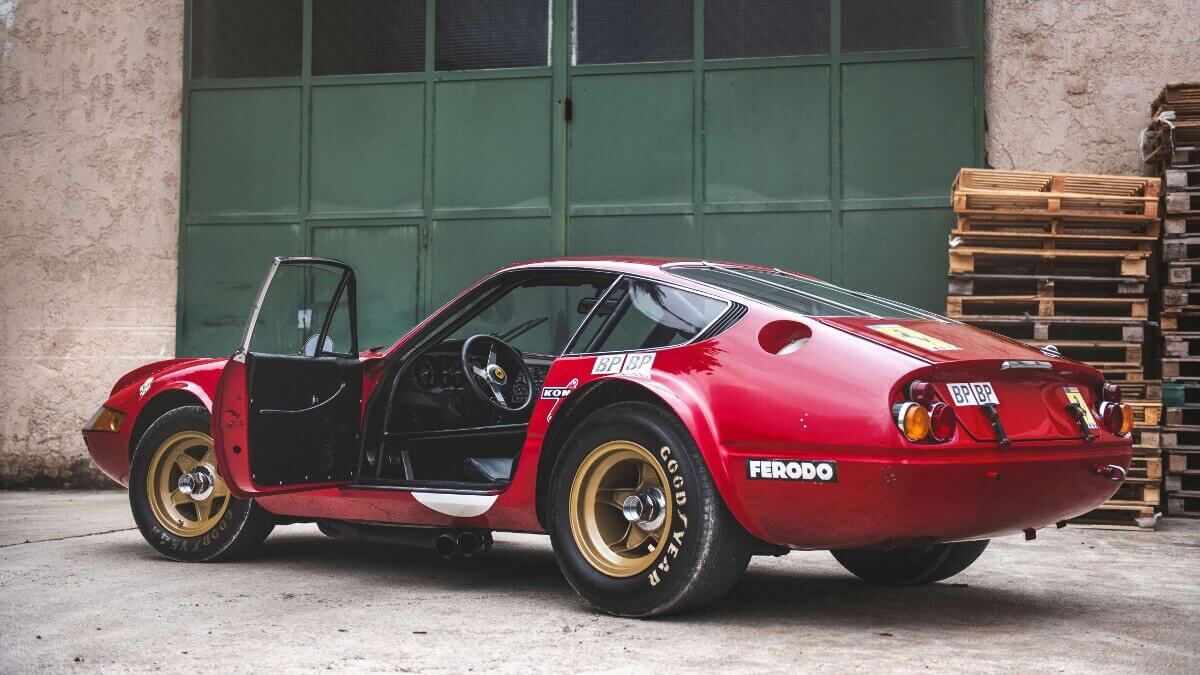



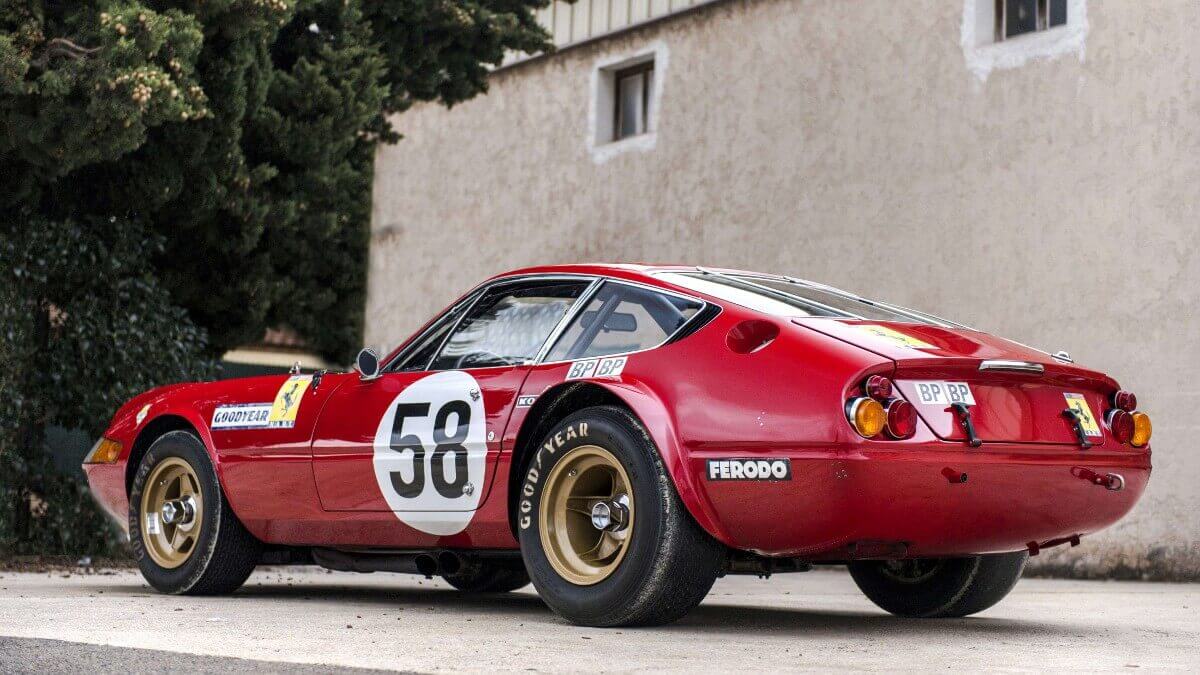



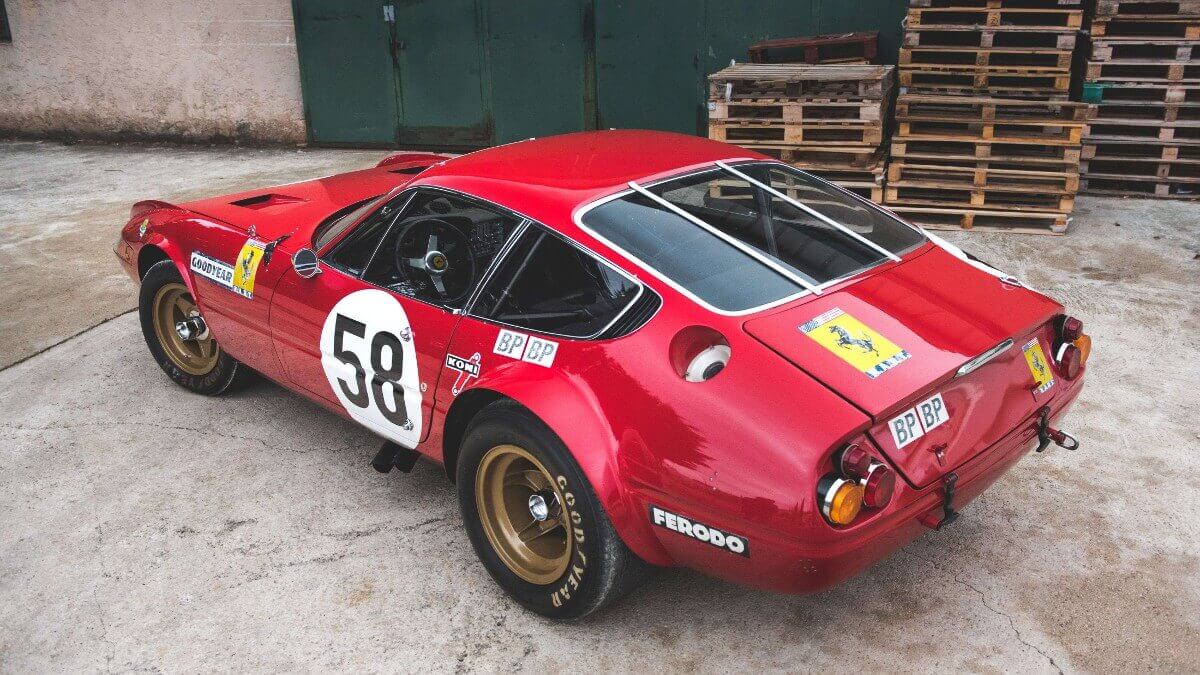



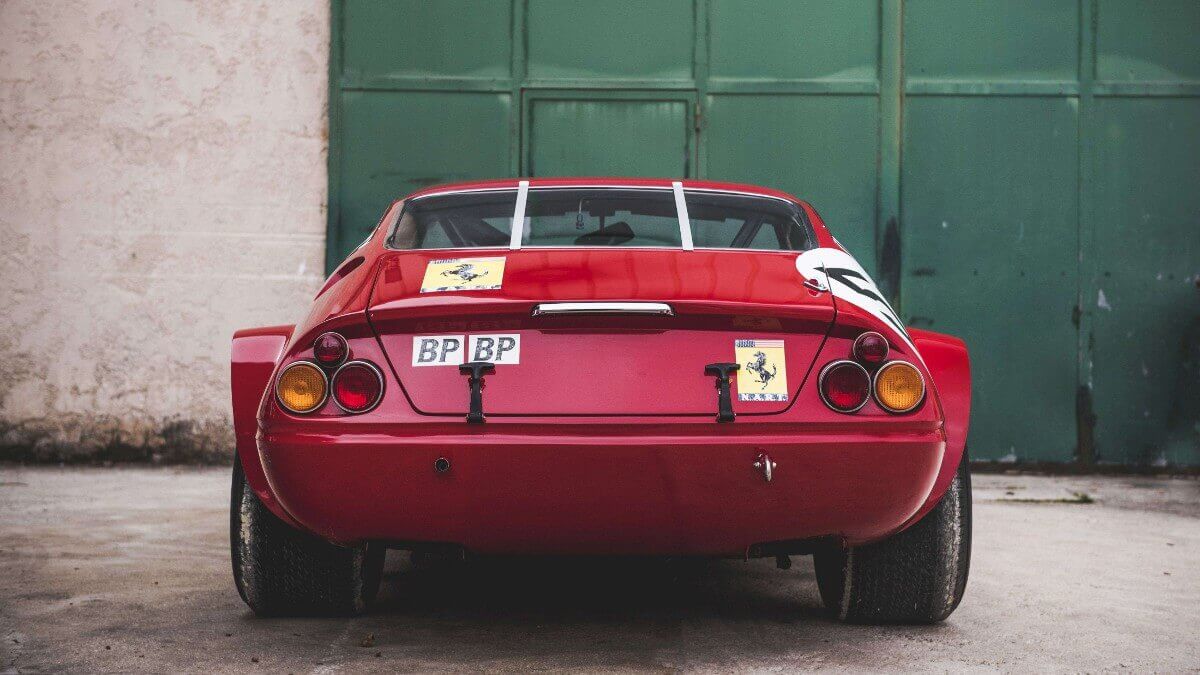



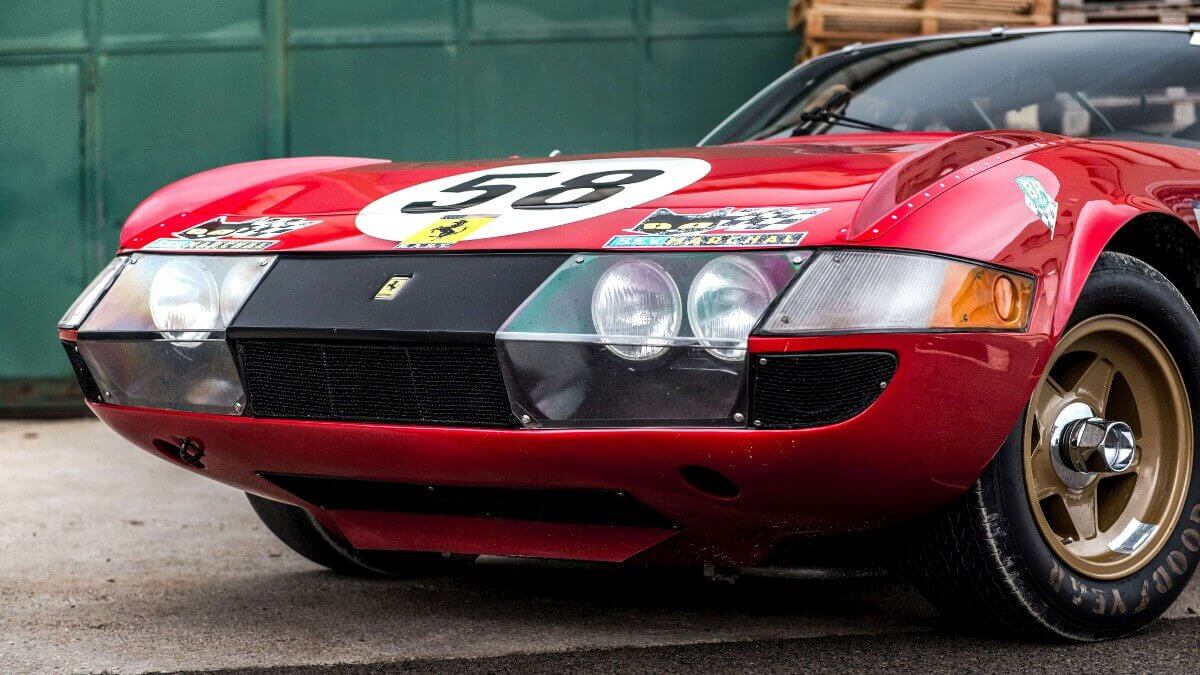



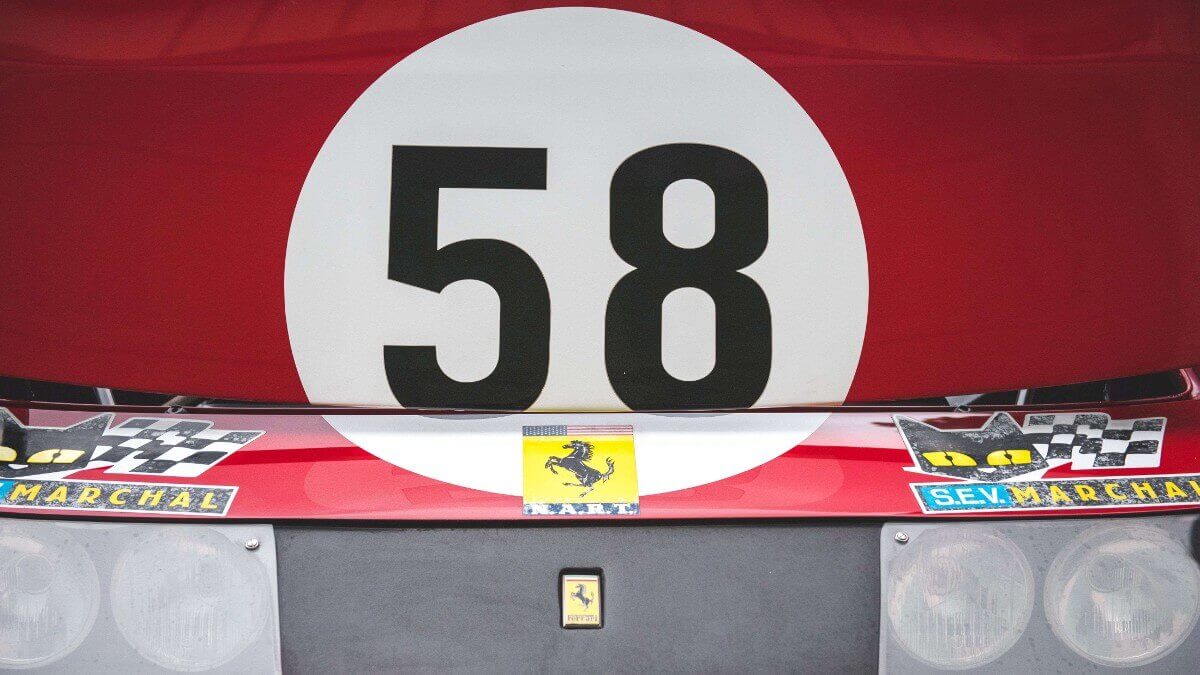



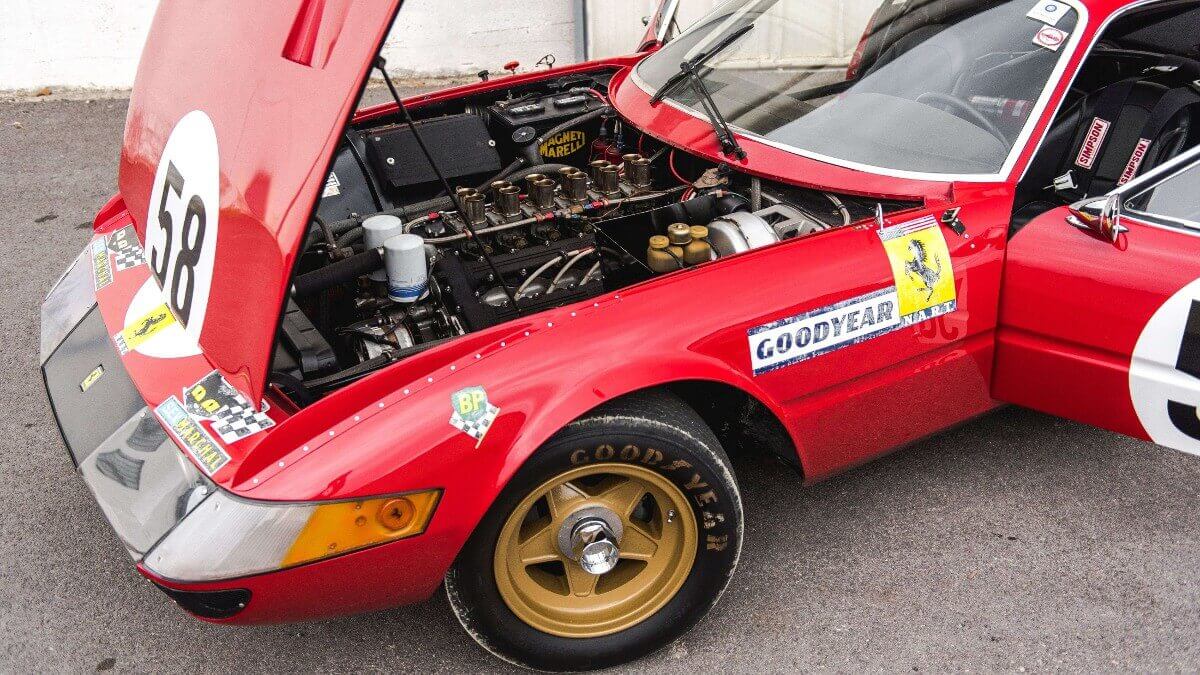



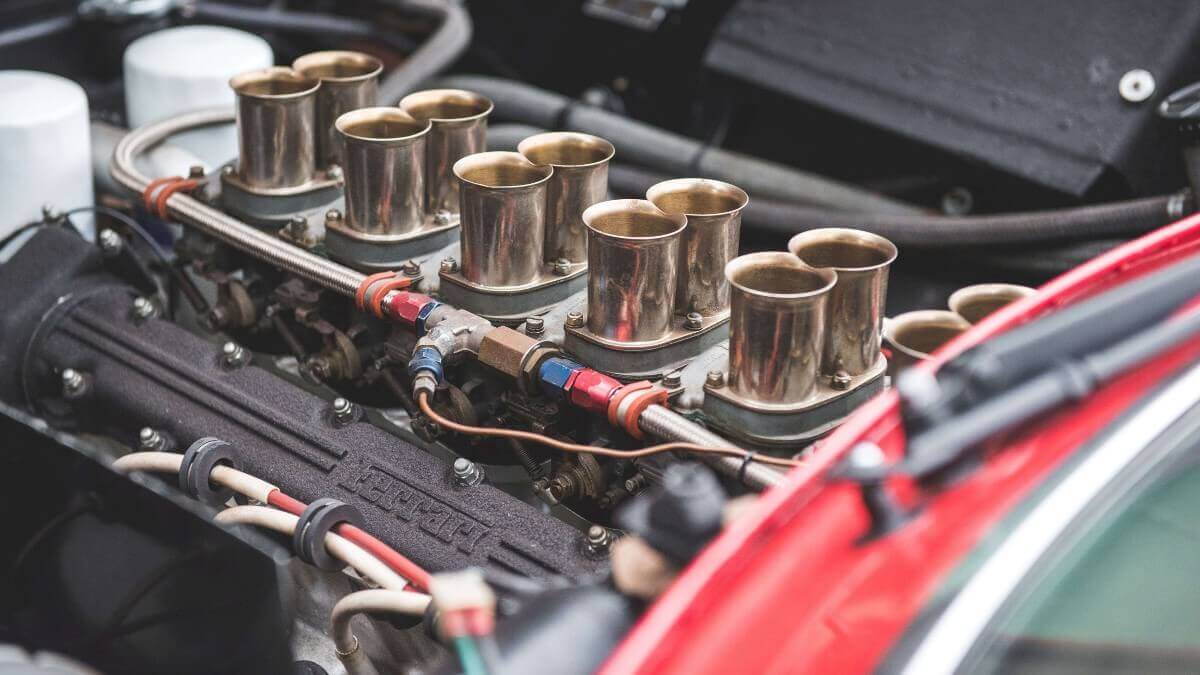



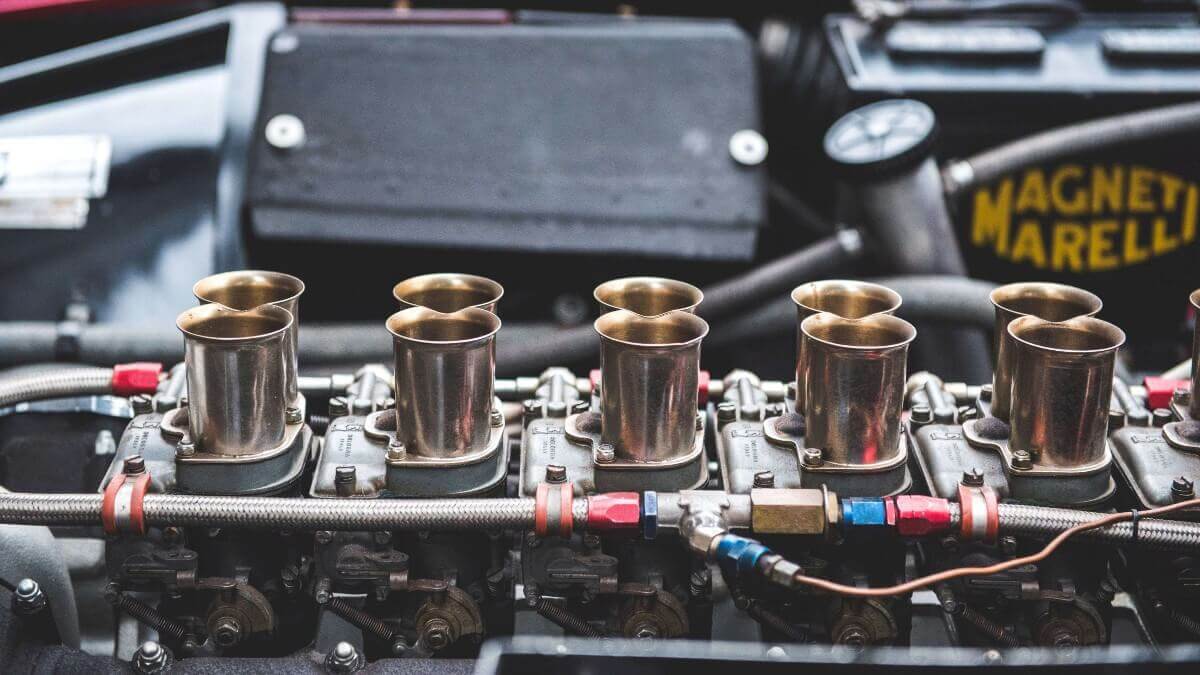



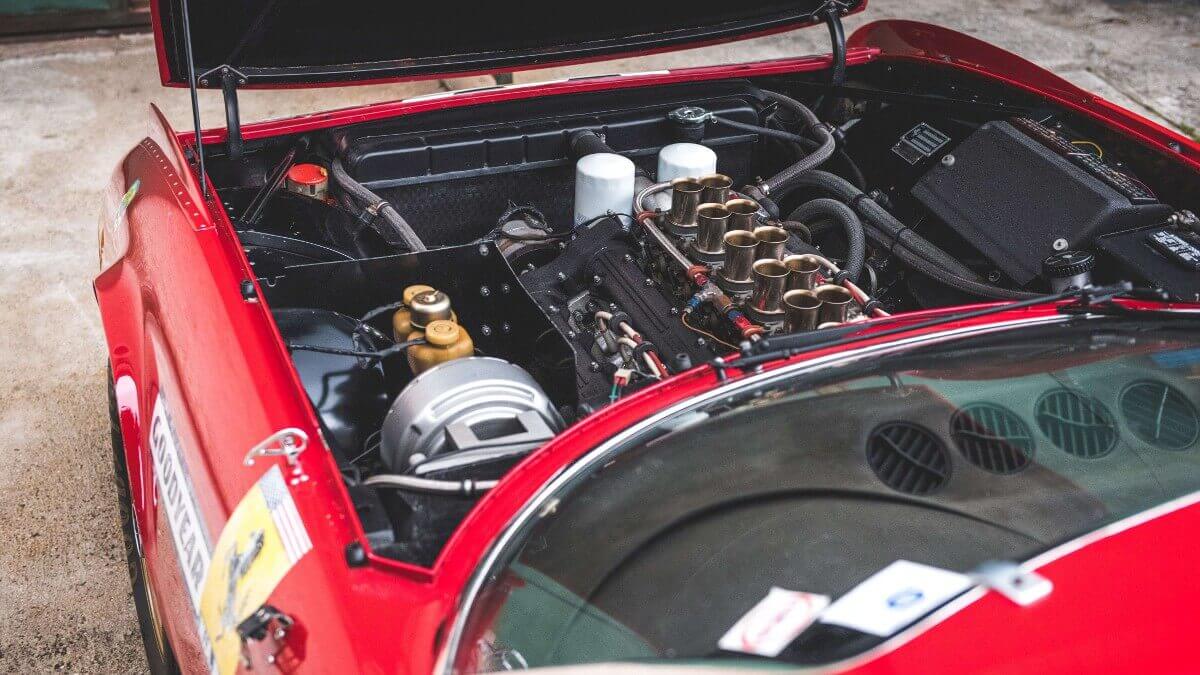



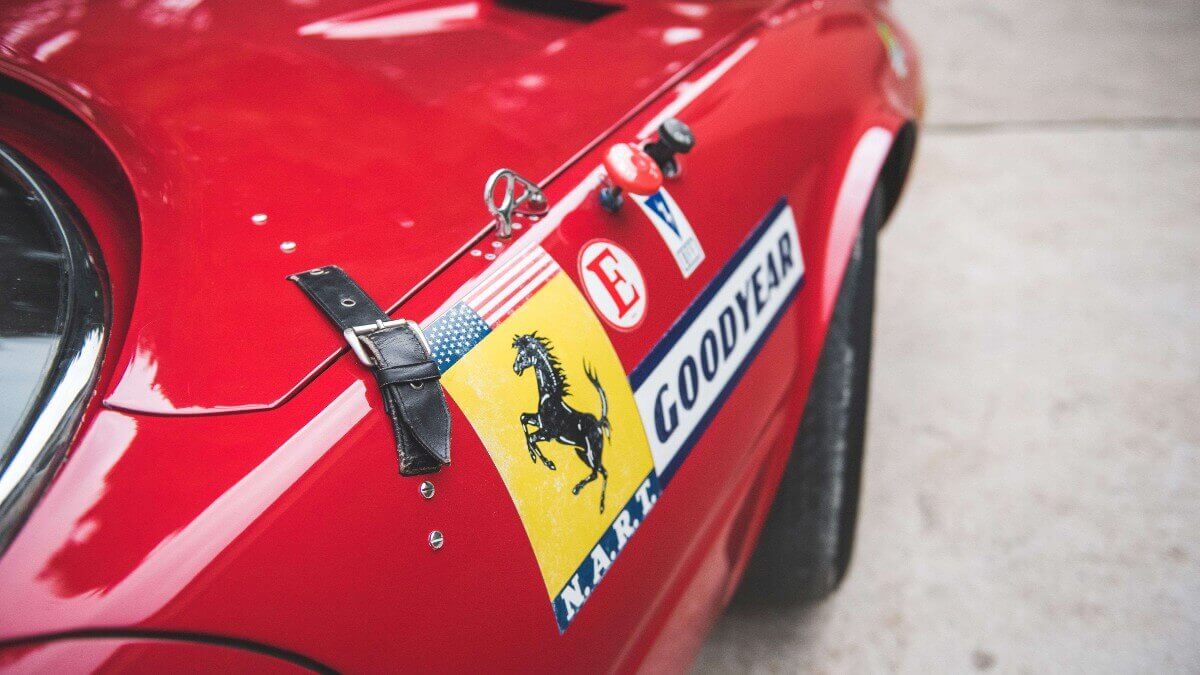



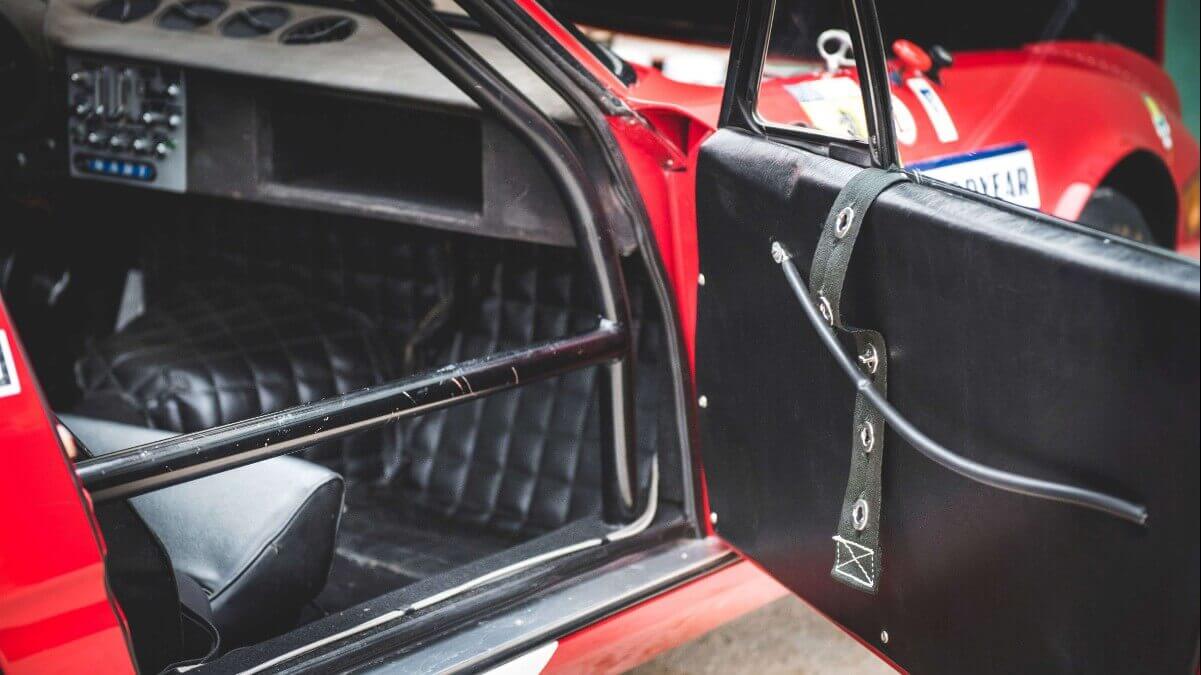



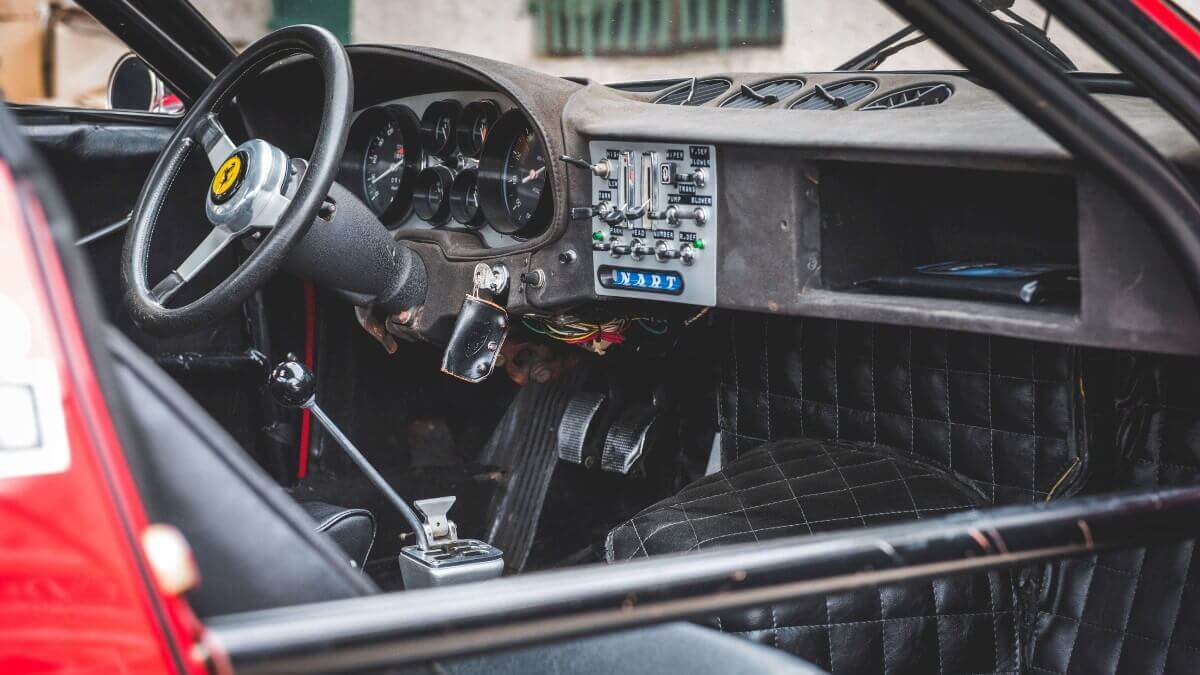



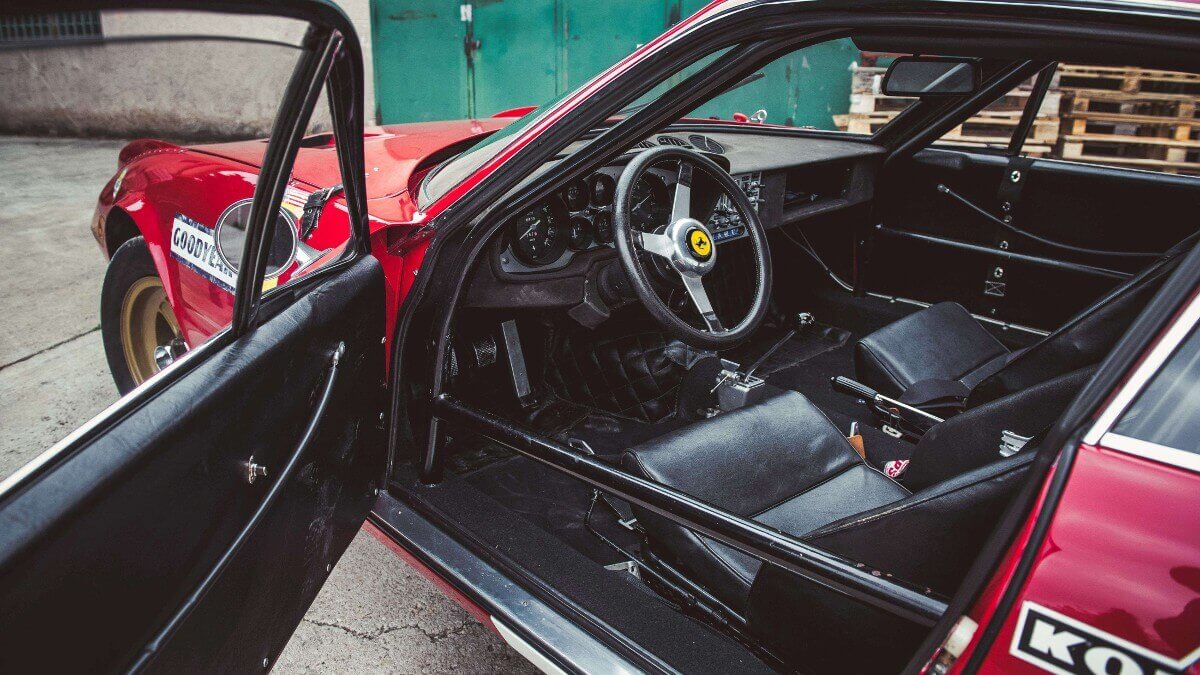



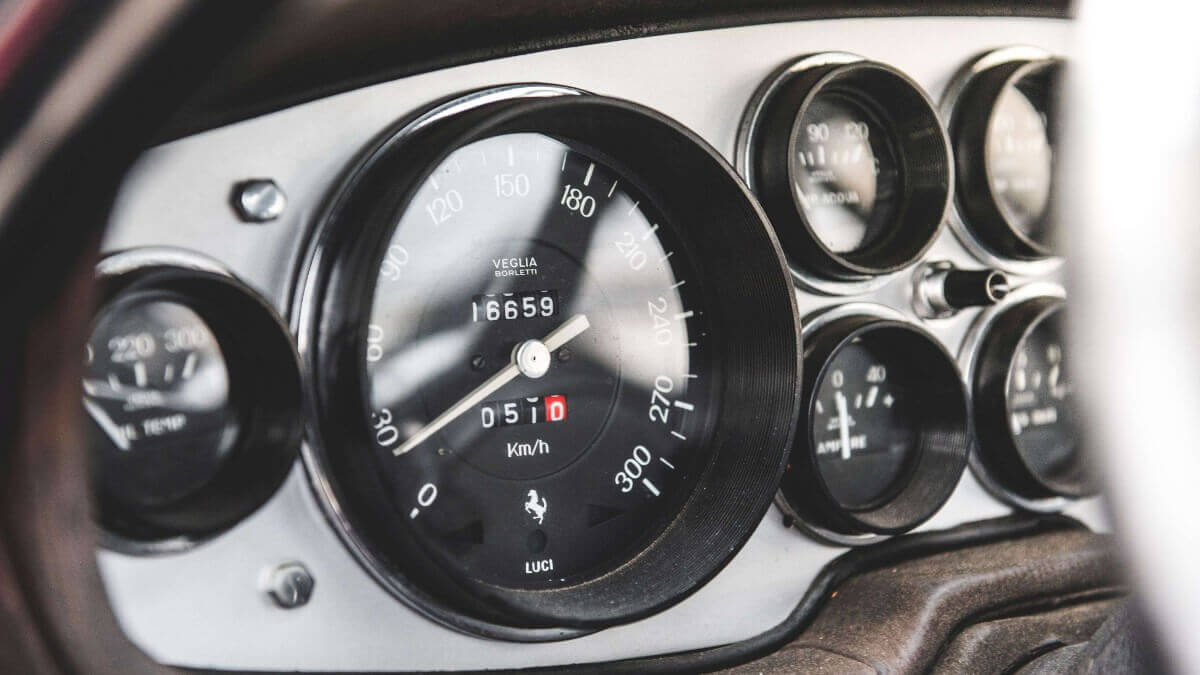



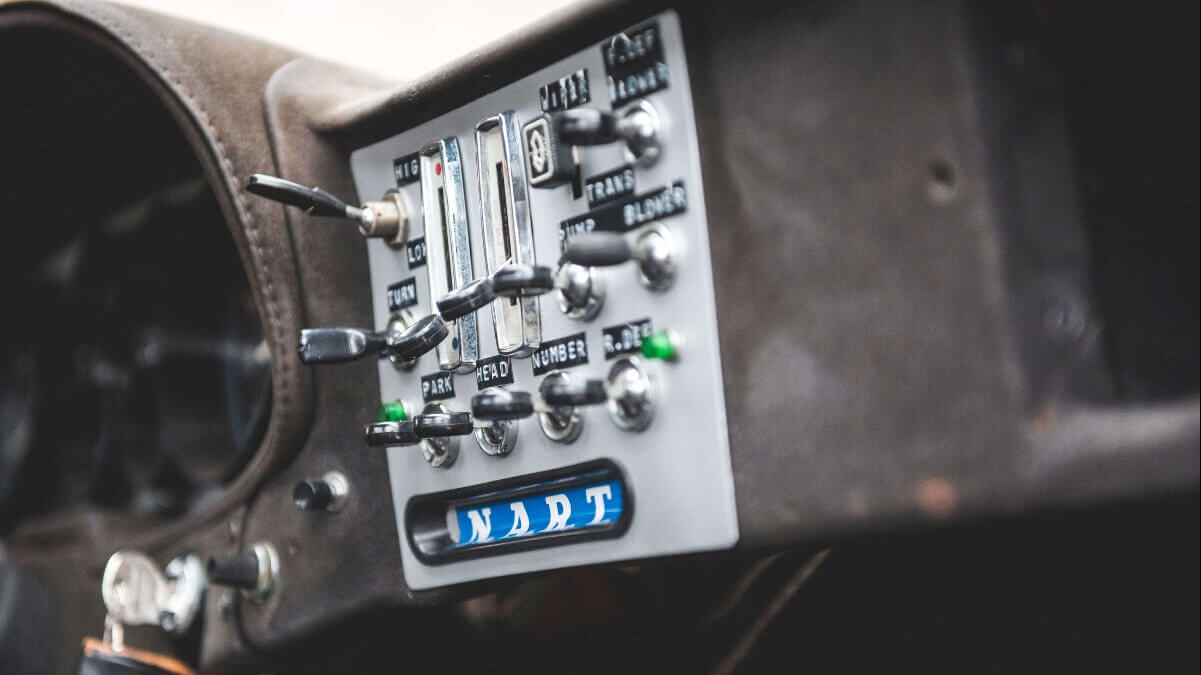



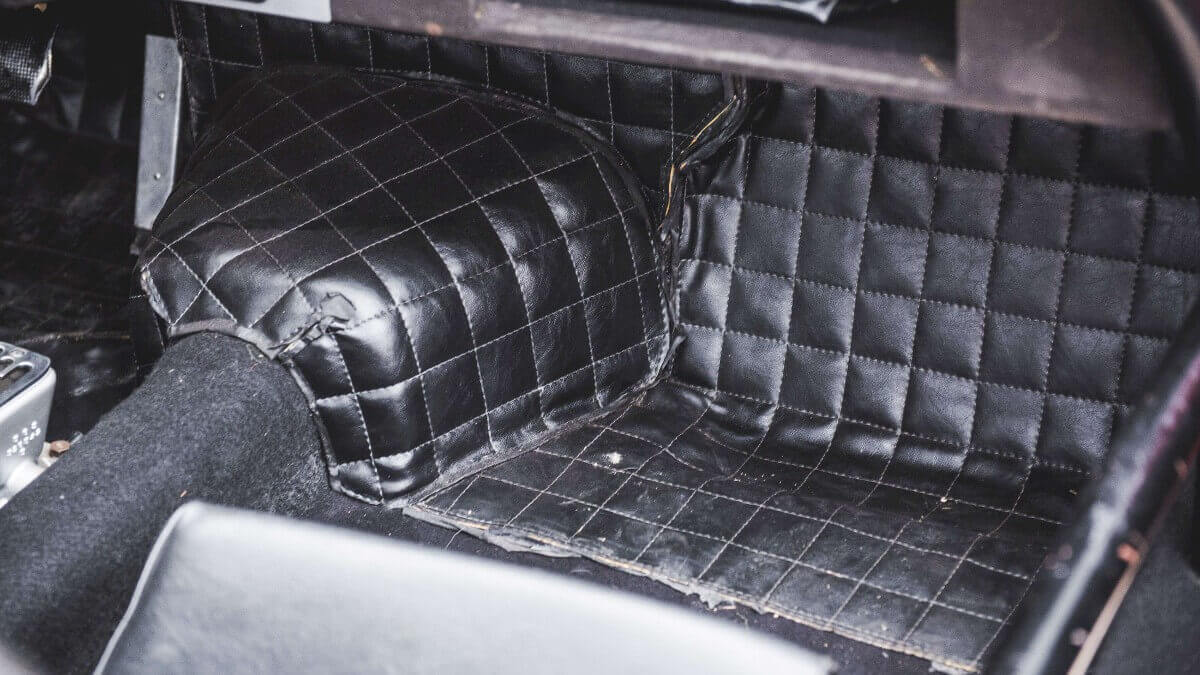



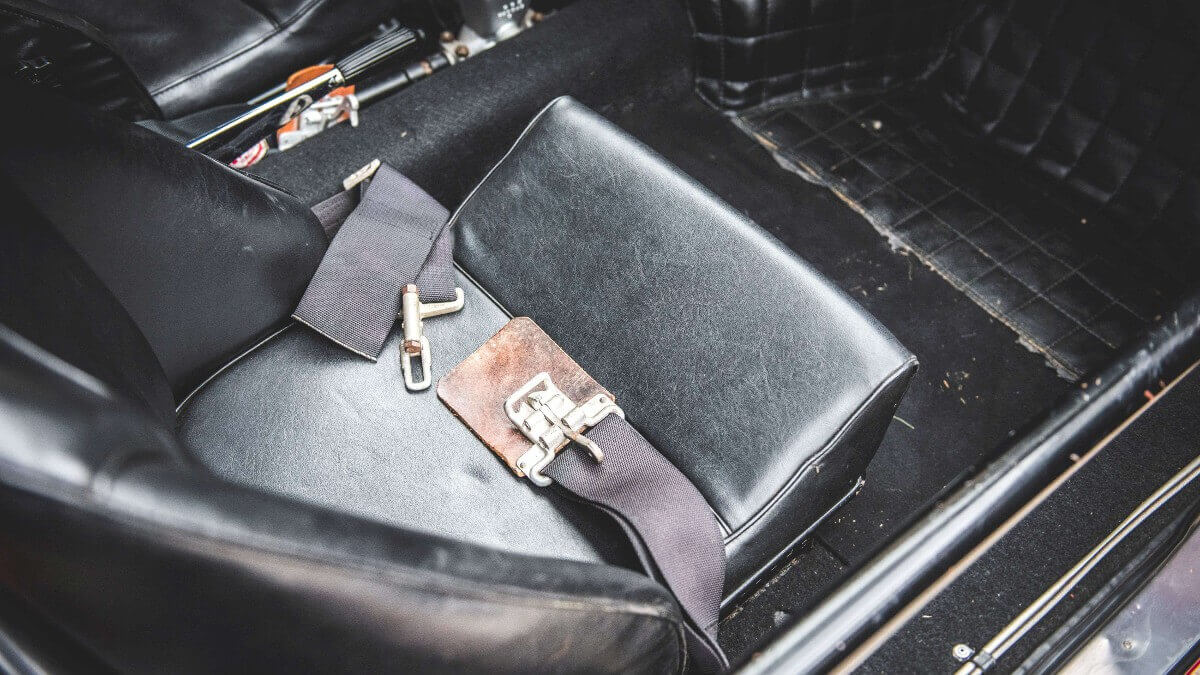



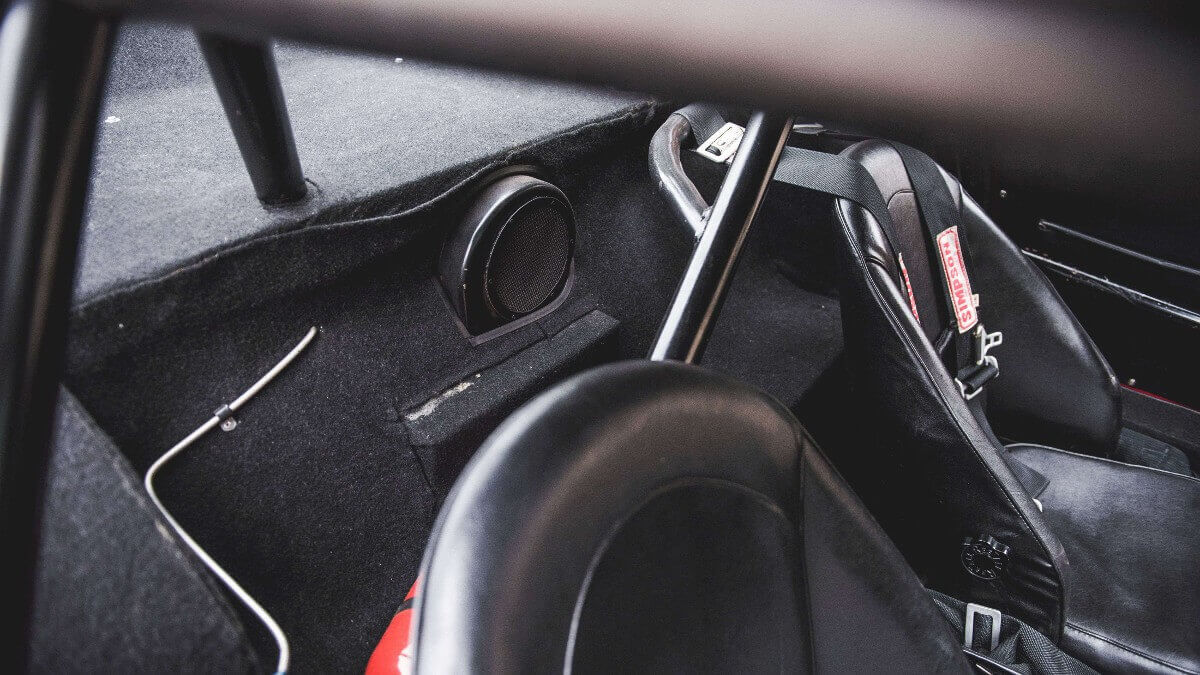



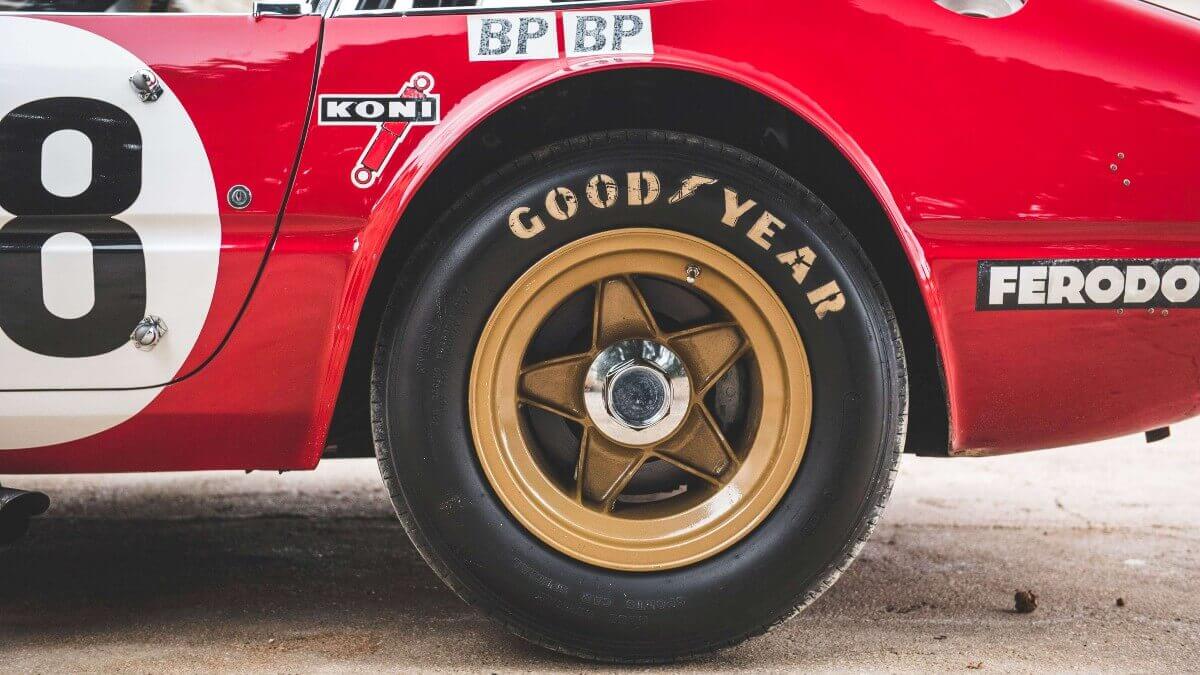



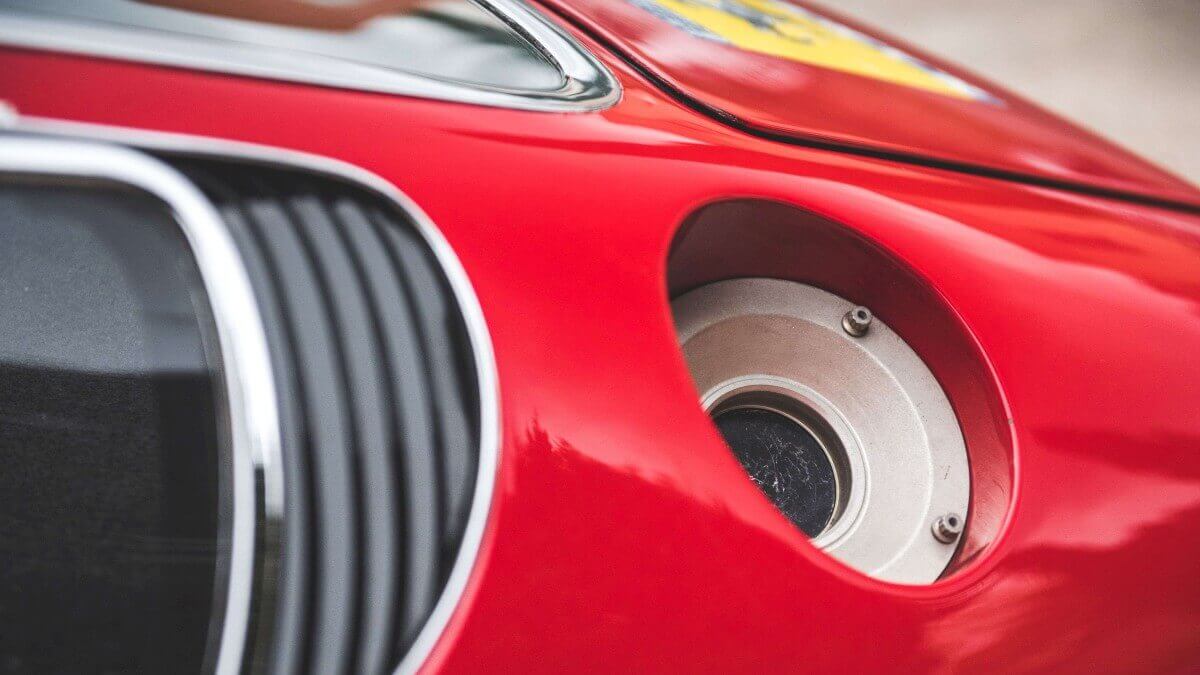



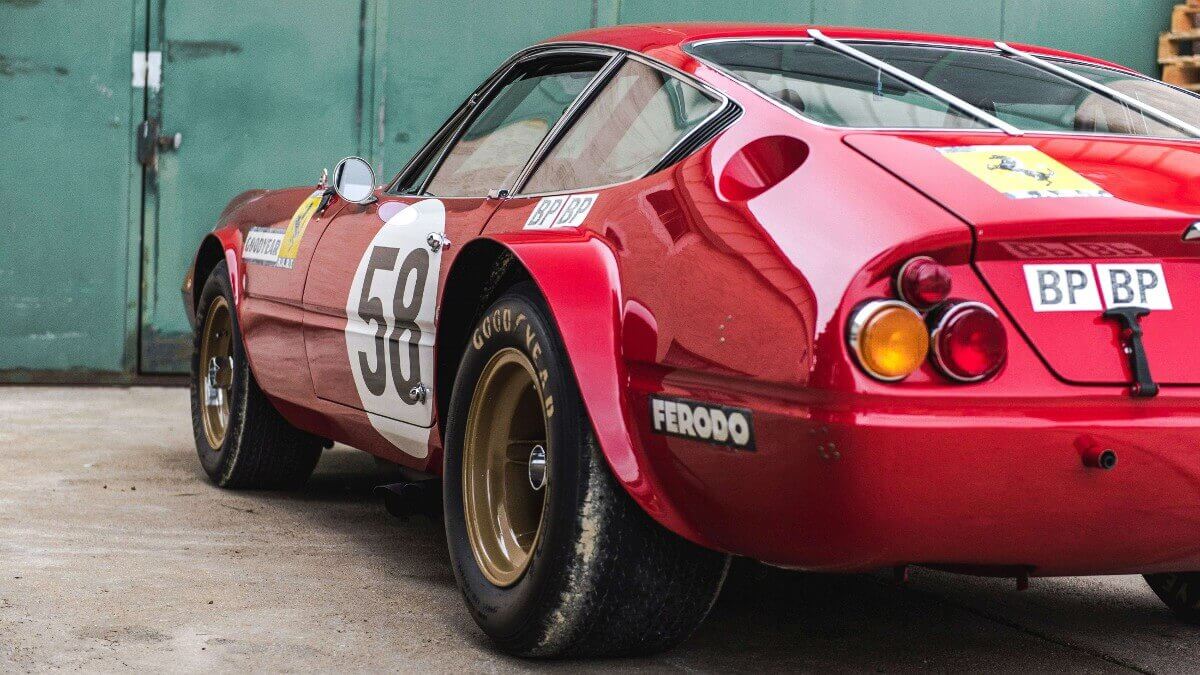



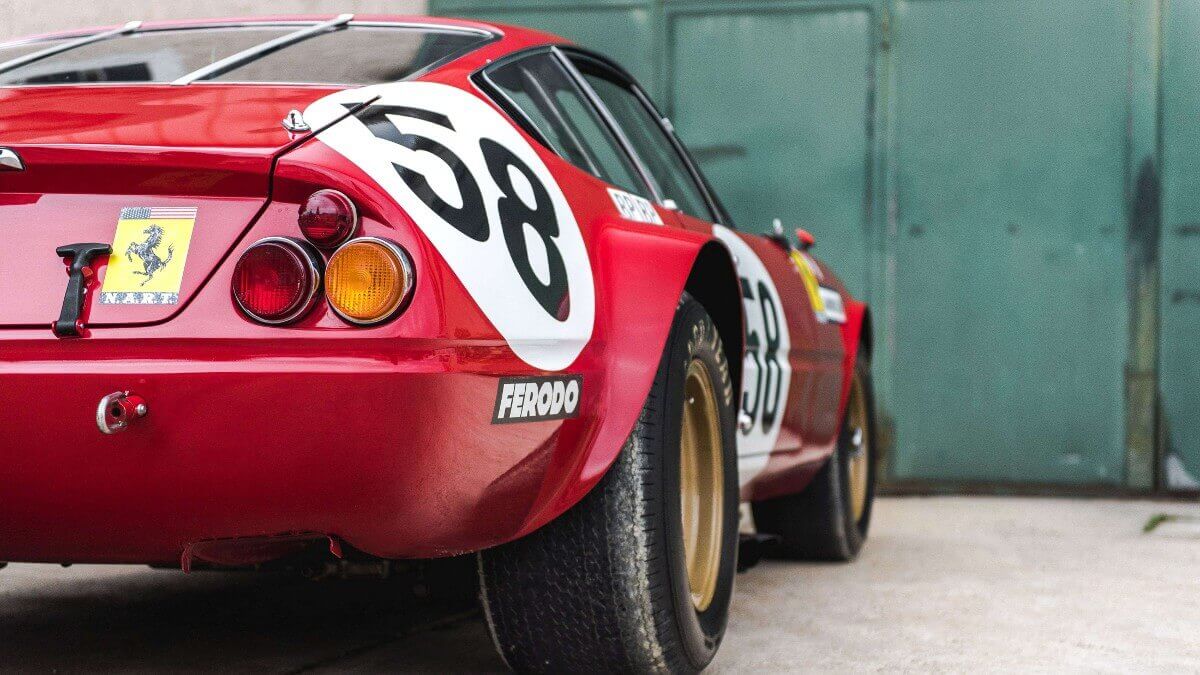



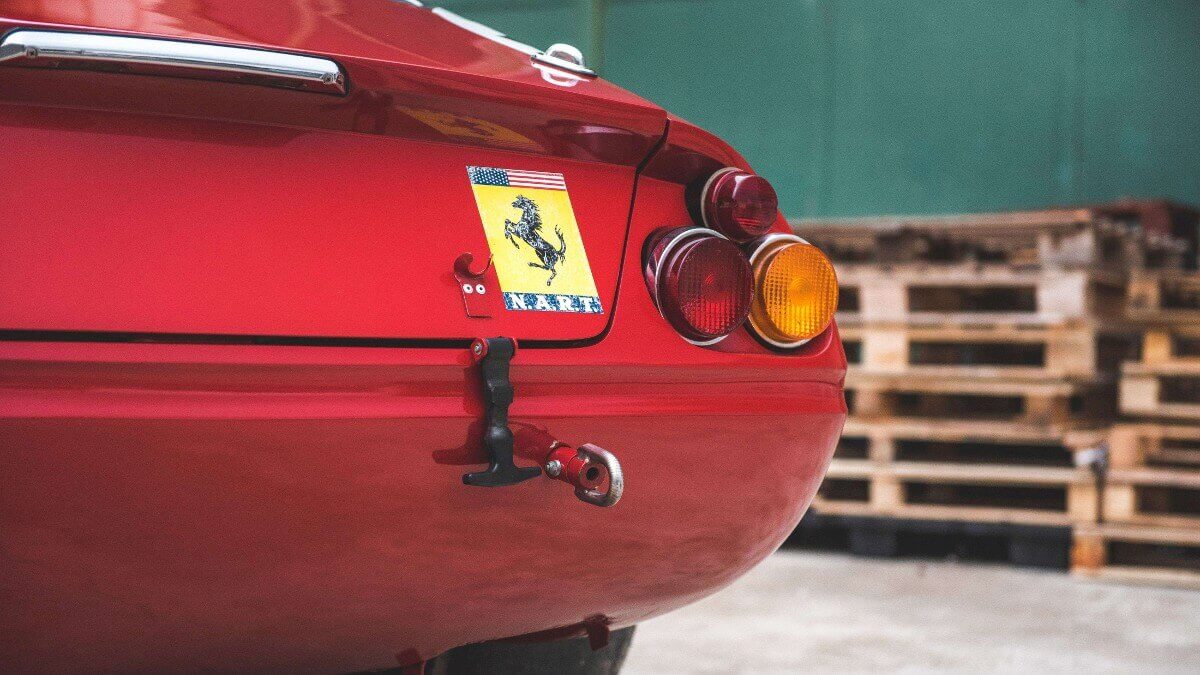



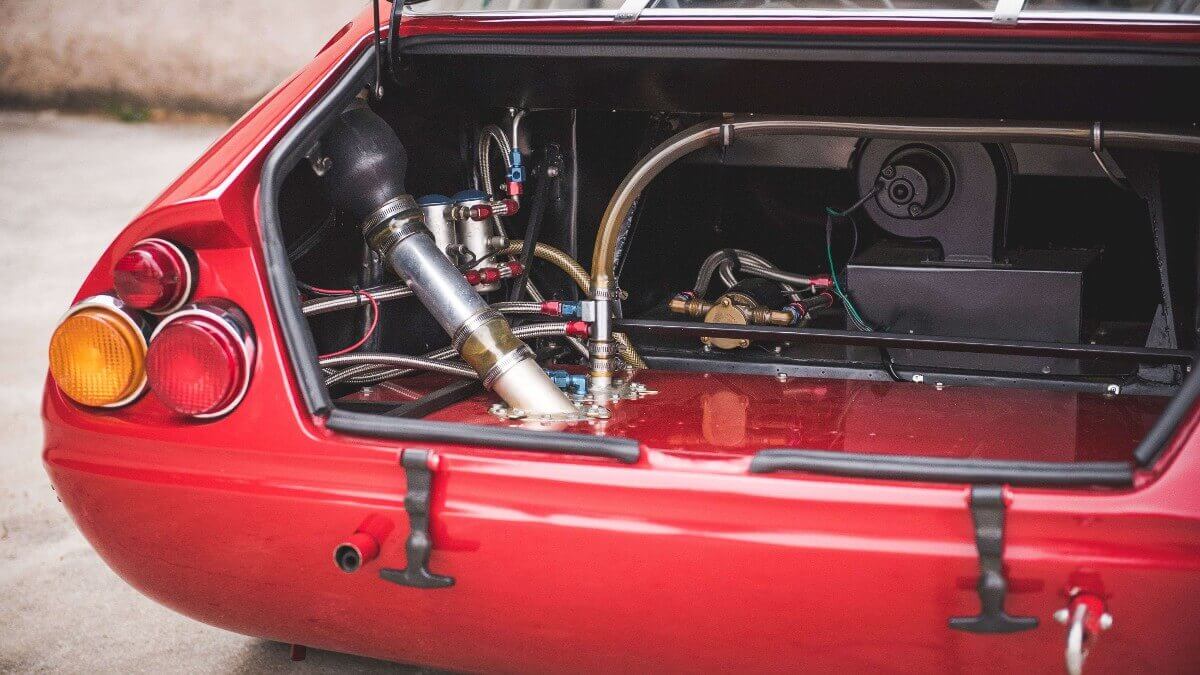



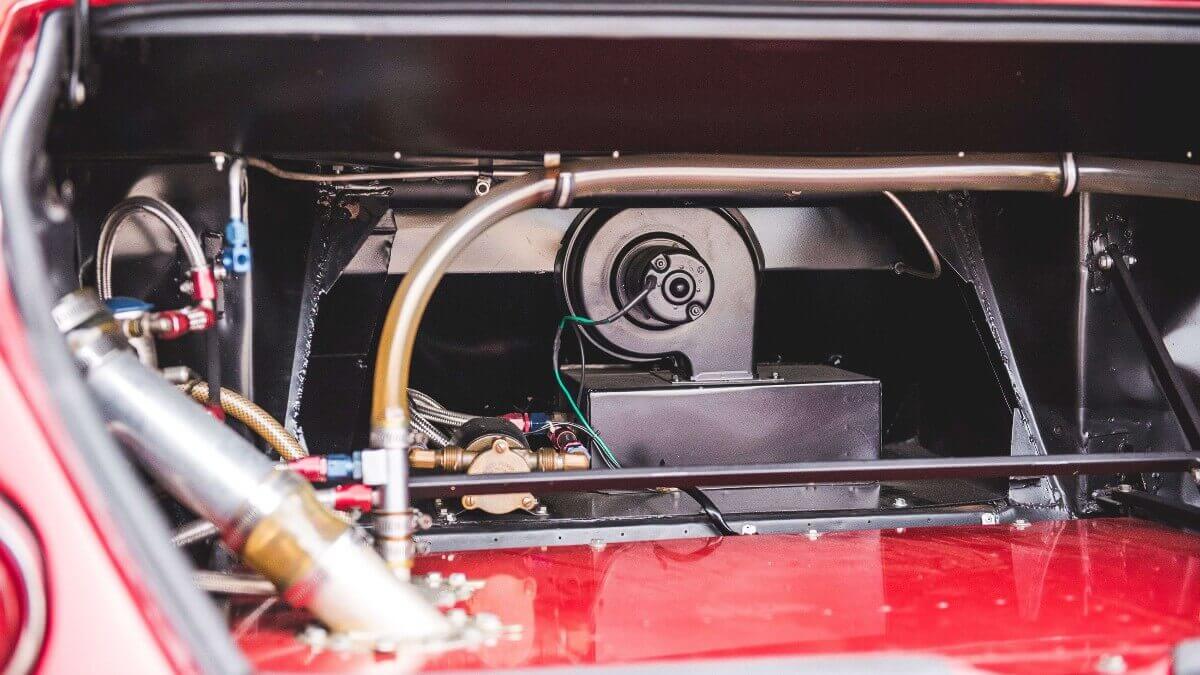



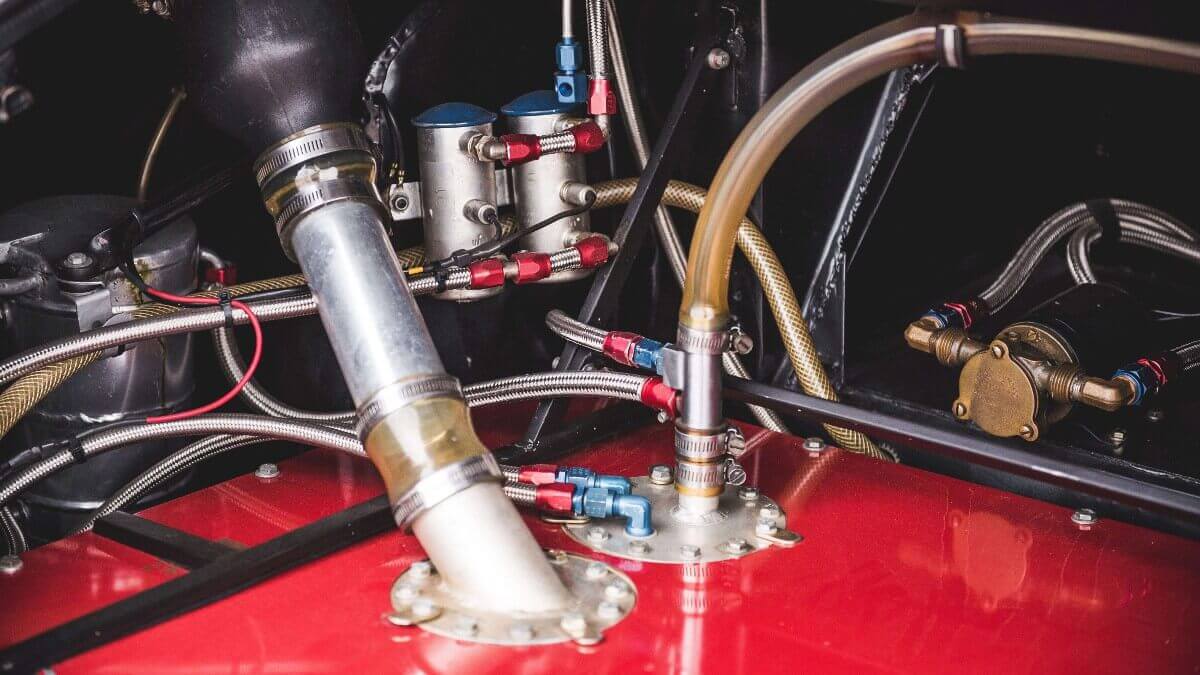



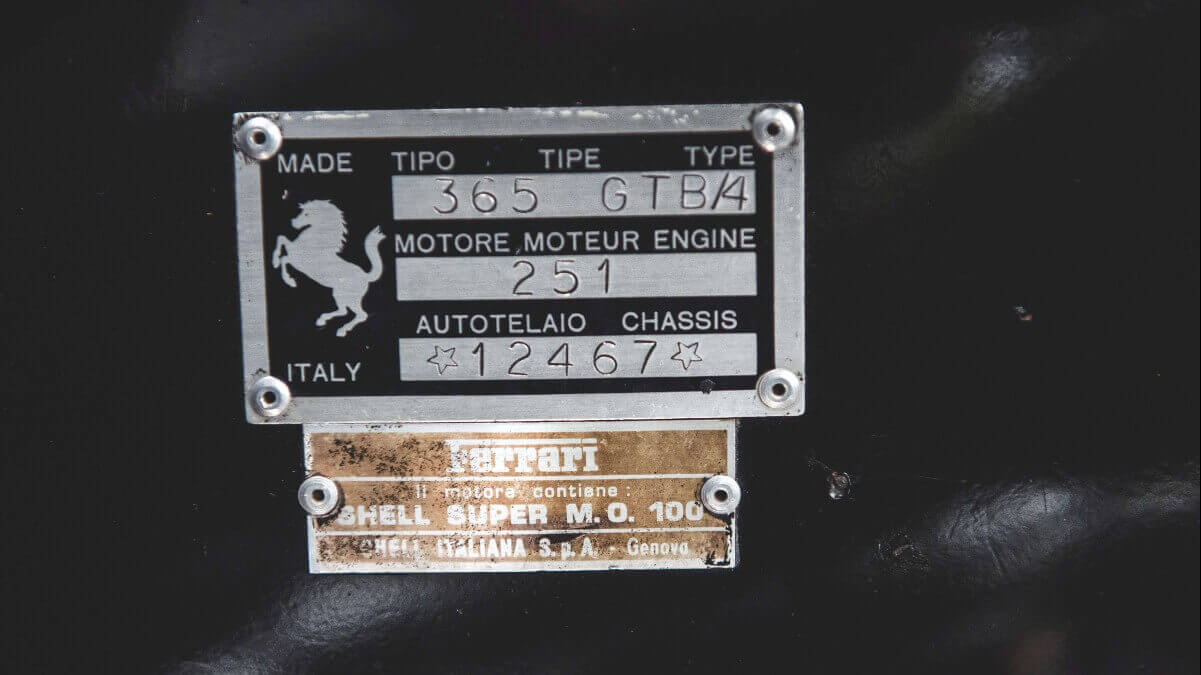



At the race, Luigi’s son ‘Coco’ Chinetti and Bob Grossmann competed with the 365 GTB/4. After the brakes had been noticed as a weak point during the test laps, two mechanics borrowed from the French Pozzi team mounted softer brake shoes, which reduced the braking distance but also had to be changed regularly during the race. Nevertheless, they fought their way forward constantly and was ranked fifth after 19 hours of racing. They retained this rank to the finish and also won the ‘Index of Performance’ rating with an average consumption of 40 liters per 100 kilometers over the full race distance of at least 4,218.752 kilometers.
For the 1972 season, the car went to the Baker Motor Co. Racing Team and was used in competition until the 12-hour race of Sebring in 1973. In the following approximately 20 years the car remained in the USA and went through different collector hands. Then the vehicle went to the current owner in France, who had it restored to the delivery condition and obtained a Classiche certificate from Ferrari. Chassis 12467 is now up for auction at Artcurial as part of the Le Mans Classic. The auction house expects a hammer price of 6,500,000 to 7,500,000 euros.
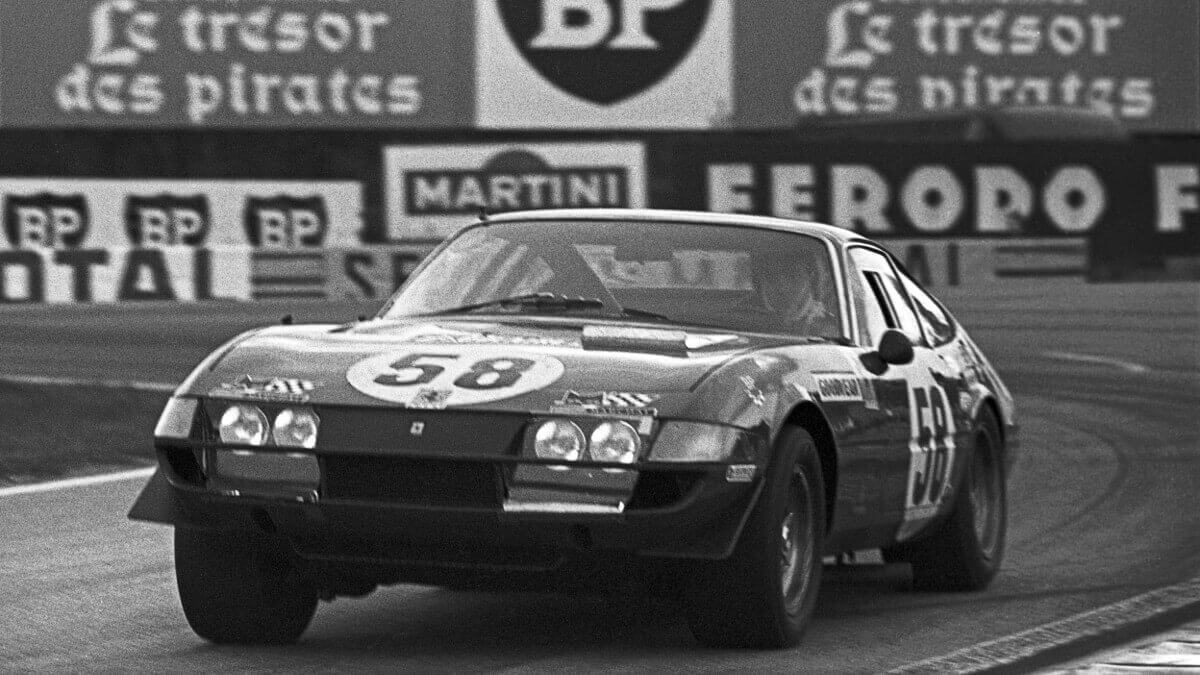



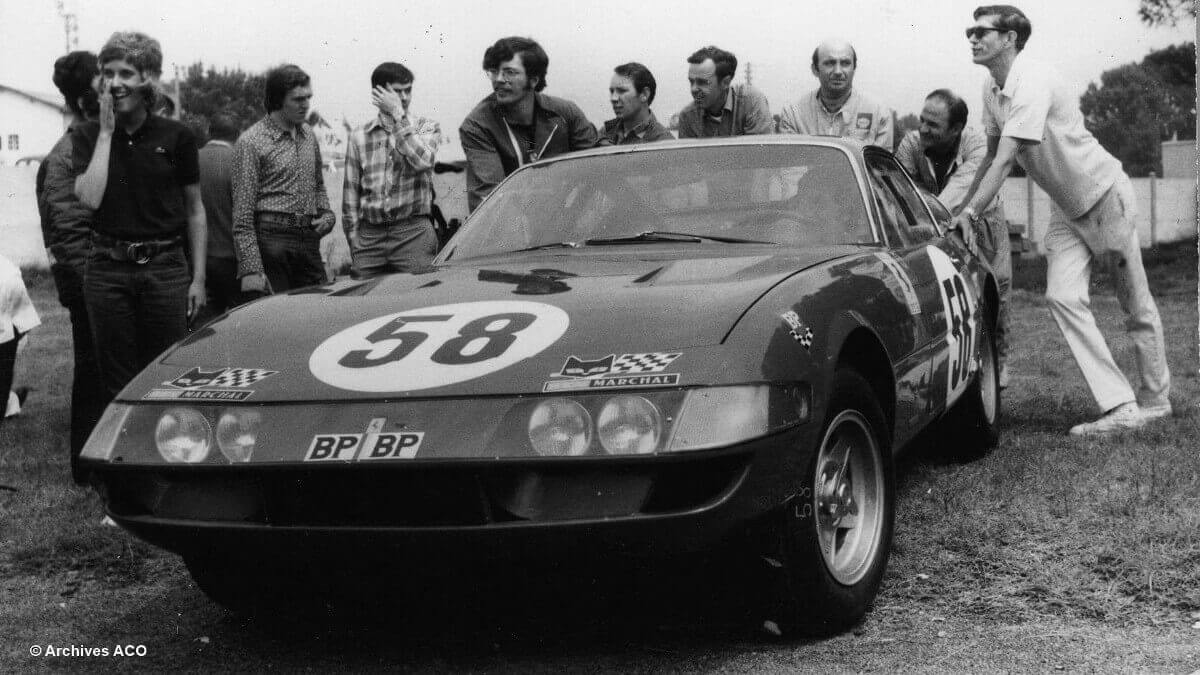



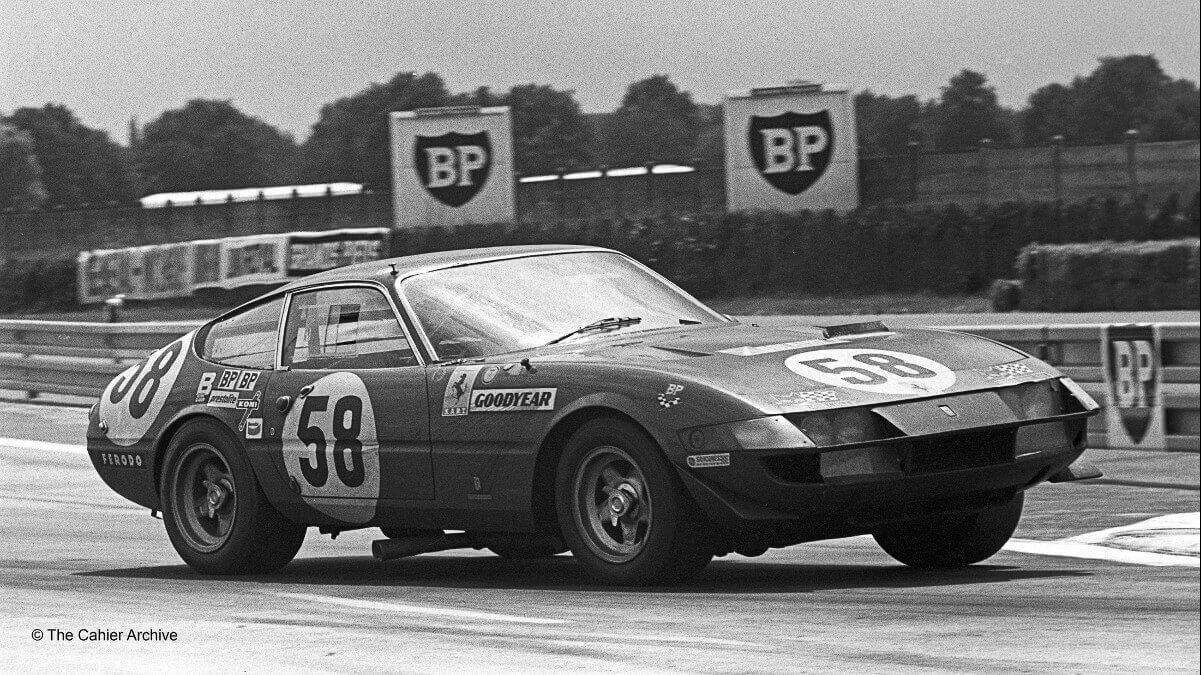



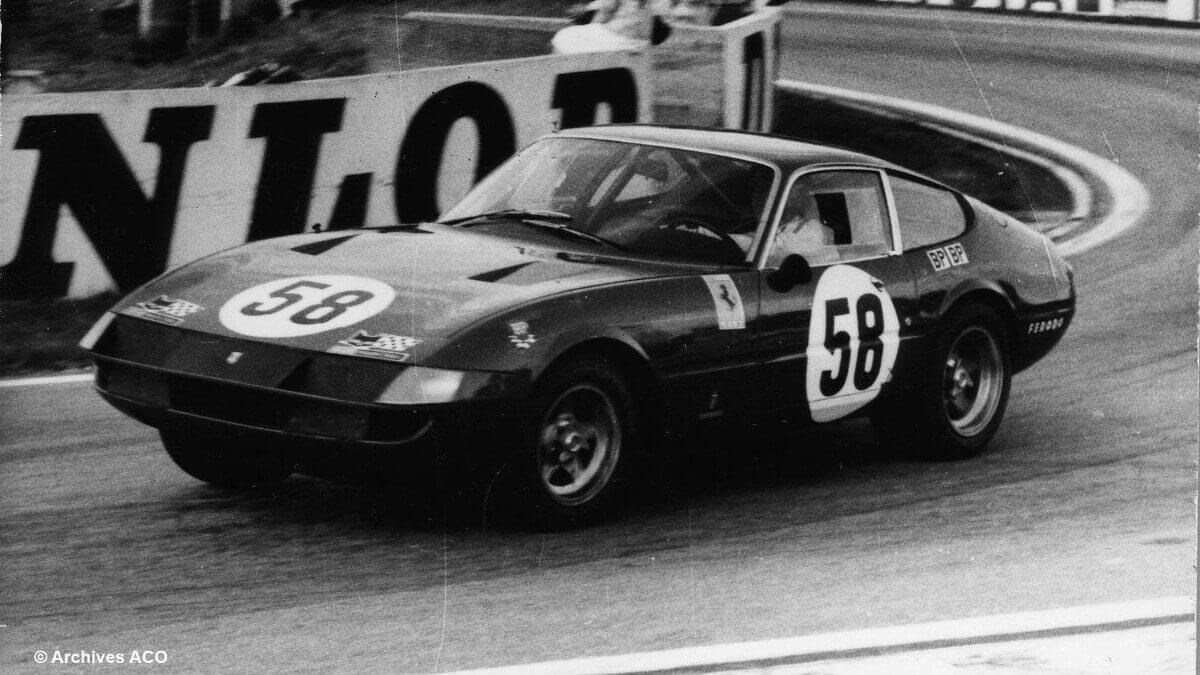



In the Ferrari service department ‘Assistenza Clienti’ they produced in the years 1971, 1972 and 1973 another fifteen Competizione variants (five per year) that differ minimally between the series. So the first five cars got an aluminum body with attachments and windows made of plastic. The series 2 and 3 cars returned to steel bodies and got again wider fenders to fit eleven inch wide rims at the rear axle. In addition, the performance of 360 initially increased to 402 and later to around 450 hp.
Images: Artcurial, Loic Kernen, The Cahier Archive, Archives ACO




